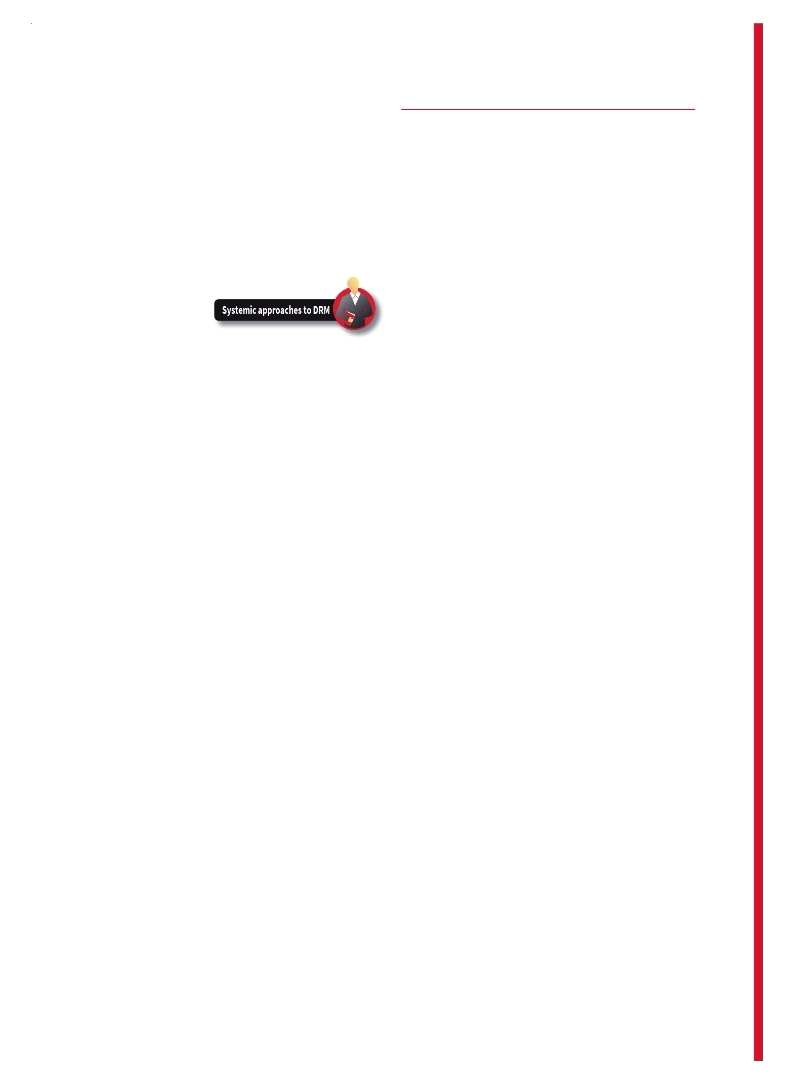 |
Global Assessment Report on Disaster Risk Reduction 2015
Making development sustainable: The future of disaster risk management |
 |
Global Assessment Report on Disaster Risk Reduction 2015
Making development sustainable: The future of disaster risk management |
|
|

36
Chapter 1
Notes
1 Source: United States Geological Survey, http://earthquake. usgs.gov/ (accessed 27 November 2014).
2 Sources for all 1896 Japanese tsunami data: http://earthquake. usgs.gov/earthquakes/world/events/1896_06_15.php; http:// ngm.nationalgeographic.com/1896/09/japan-tsunami/scidmore-text; http://www.sozogaku.com/fkd/en/cfen/CA1000616. html (accessed 27 November 2014). 3 http://ptwc.weather.gov/ (accessed 1 July 2014). 4 Source for all internationally reported disaster loss data (unless stated otherwise): Centre for Research on the Epidemiology of Disasters (CRED), EM-DAT, http://www.cred.be/. 5 http://www.nasa.gov/mission_pages/hurricanes/archives/2005/ h2005_katrina.html (accessed 27 November 2014). 6 http://www.bloomberg.com/visual-data/best-and-worst/ most-income-inequality-us-cities (accessed 27 November 2014). 7 http://www.presidency.ucsb.edu/ws/?pid=16117 (accessed 23 November 2014). 8 Centro de Coordinación para la Prevención de los Desastres Naturales en América Central (CEPREDENAC), Caribbean Disaster Emergency Management Agency (CDERA), Secretariat of the Pacific Community (SOPAC), South Asian Association for Regional Cooperation (SAARC), El Proyecto Apoyo a la Prevención de Desastres en la Comunidad Andina (PREDECAN). 9 Unless stated otherwise, all graphs and figures on economic loss valuation from national loss databases used in this report are in constant 2012 US dollars. 10 With additional information from personal communication with Omar Dario Cardona (August and September 2014). However, these very real achievements in reducing disaster risk under the HFA are now rowing against a fast-rising tide of risk construction and accumulation. And given the growing evidence of systemic risk at the planetary scale, there is now a very real possibility that disaster risk will reach a tipping point beyond which the effort and resources necessary to reduce it will exceed the capacity of future generations.
If disaster risk is an endogenous indicator of a flawed development paradigm, then progress towards the policy objective of disaster risk reduction will depend on the transformation of that paradigm. If the world is to be fit to survive by the middle of the twenty-first century and if a global kata-strophe is to be averted, it will be necessary to take firm strides along the path less travelled in the HFA and to imagine a different way of approaching disaster risk management.
|
 
Page 1Page 10Page 20Page 26Page 27Page 28Page 29Page 30Page 31Page 32Page 33Page 34Page 35Page 36Page 37->Page 38Page 39Page 40Page 41Page 42Page 43Page 44Page 45Page 46Page 47Page 48Page 49Page 50Page 60Page 70Page 80Page 90Page 100Page 110Page 120Page 130Page 140Page 150Page 160Page 170Page 180Page 190Page 200Page 210Page 220Page 230Page 240Page 250Page 260Page 270Page 280Page 290Page 300Page 310
|
|
 
|
 
|
